WILDLIFE SHOTS TO WOW
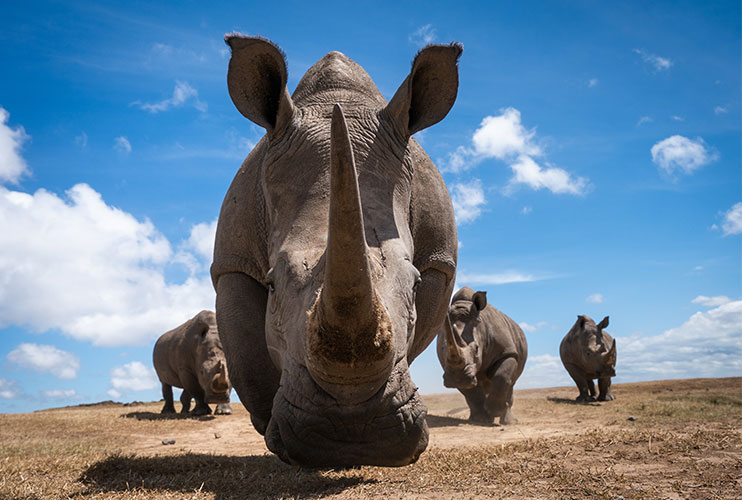
Curious rhinos at Solio Lodge © Will Burrard-Lucas
Top British wildlife photographer Will Burrard-Lucas travels the world photographing creatures great and small, but African wildlife is what really sets his heart racing.
Cool close ups and unusual perspectives are Will Burrard-Lucas’s passion. Using innovative technology of his own invention, his portfolio is fresh and intimate. The Safari Collection have been lucky enough to witness his skills first-hand at some of our properties, including his epic rhino close-ups taken at Solio Lodge.
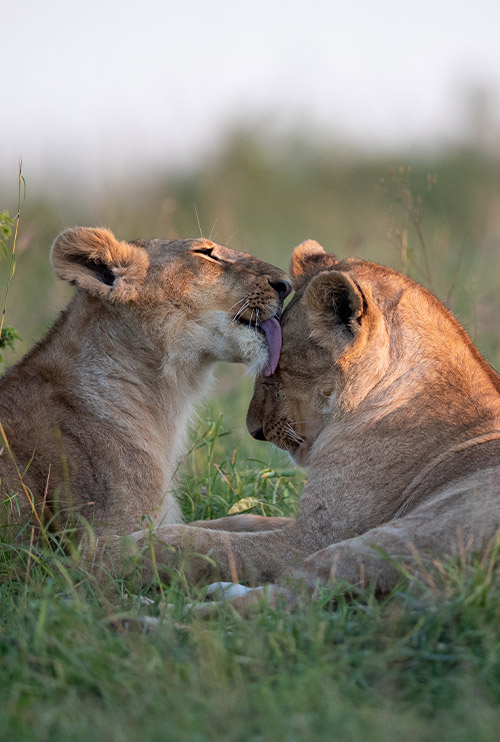
A cat bath at Sala’s Camp © Will Burrard-Lucas
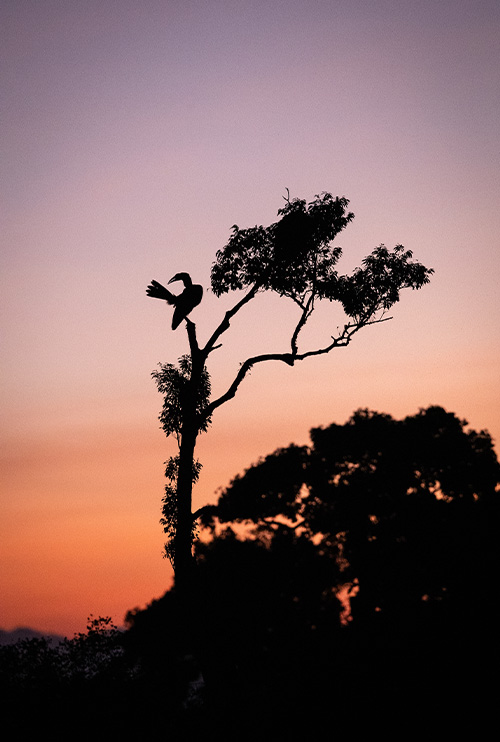
Sunsets at Sala’s Camp © Will Burrard-Lucas
‘I have been photographing wildlife seriously for more than 15 years. During that time, I have established a few rules of thumb that have helped improve my photographs. Here are my top ten…’
WILL’S TOP TEN TIPS FOR EPIC WILDLIFE PHOTOS
- Get low – A good wildlife photograph is rarely taken looking down at the subject. I prefer to get my camera down on the same level as the subject or lower. With a mirrorless camera, it is possible to do this by flipping out the screen and holding it below the level of the vehicle window.
- Keep your shutter speed up – Most of the time, wildlife is photographed with a telephoto lens. Long lenses exaggerate camera shake because a small movement of the camera results in a large movement of the picture on the sensor. Therefore, you need to use a faster shutter speed to get sharp shots. I recommend keeping shutter speed above 1 over the focal length of your lens. i.e. for a 200mm lens, your shutter speed should be at least 1/200s or faster.
- Focus on the eyes – If in doubt, focus on the animal’s eyes. If the eyes aren’t sharp, it is rare that an image will work. Eye contact helps the viewer to connect with the subject.
- Shoot in RAW – With wildlife you may not get a second chance if you mess up your shot, so it is important to maximise your chances of getting the exposure right. One of the most important things you can do is shoot in RAW not JPG. This will ensure your camera maintains details in the shadows and highlights, so that you can darken or brighten the image later.
- Light is key – Good light can turn an average photo into an extraordinary photo. The best light is at sunrise and sunset when the sun is low in the sky. This also happens to be when it is coolest and wildlife is most active.
- Consider the background – The background can often make or break a photo. Make sure it is clear of distractions, such as bright spots or messy foliage. Ensure your subject stands out from the background by using a shallow depth of field (i.e. a large aperture) and try to use elements of the background to frame the subject.
- Leave space around your subject – Leaving space around your subject allows you to use elements of the landscape to frame your subject, show the animal in its environment and perfect your composition by cropping later. Zooming in too close is a mistake that cannot be fixed later.
- Spend longer with your subject – The longer you spend with an animal, the more chance you have of witnessing and capturing something special. In addition, once you have taken the obvious shots, you will become more creative as you try to find new photographs to take.
- Be prepared – This starts with knowing your gear. You should understand the main features of your camera and how they work so that on safari you can adjust settings easily. You also should research your location and subject. If you have a good understanding of these, you will be able to start predicting behaviour and capturing better shots.
- Process your images – Unfortunately, in reality, the images you get straight out of your camera are not as good as they could be, especially if you are shooting in RAW. You really need to tweak aspects such as saturation, colour, brightness and contrast to get them to pop. I personally use Lightroom to sort and process my images.
RELATED NEWS

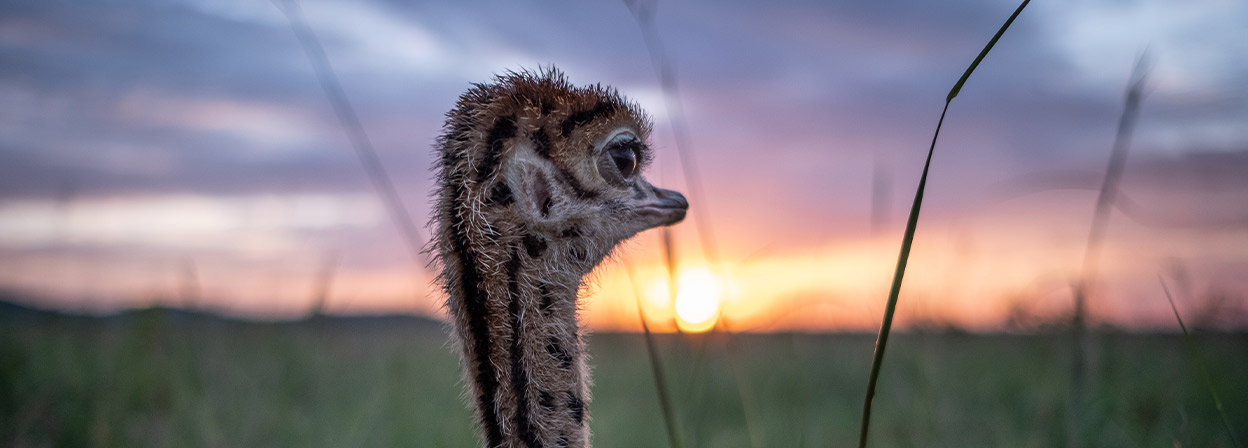
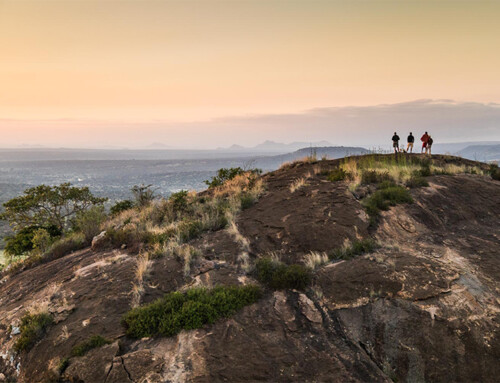
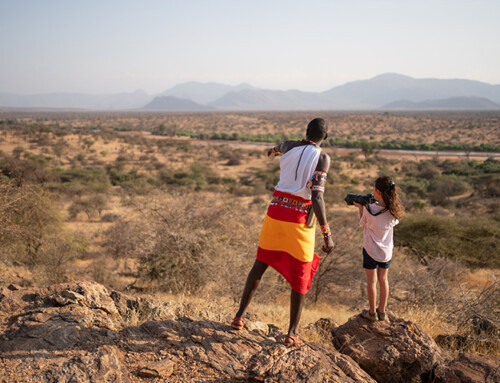
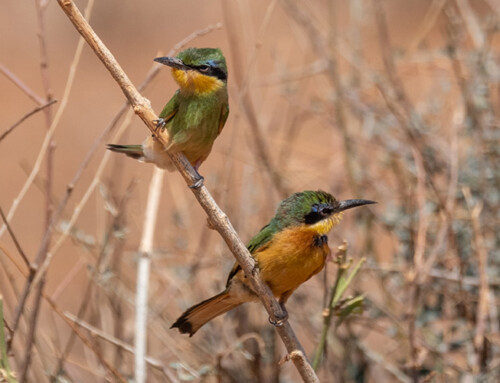
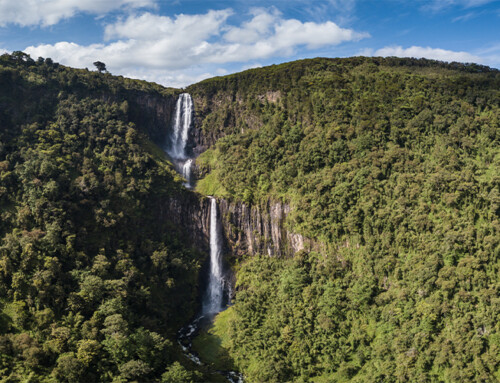
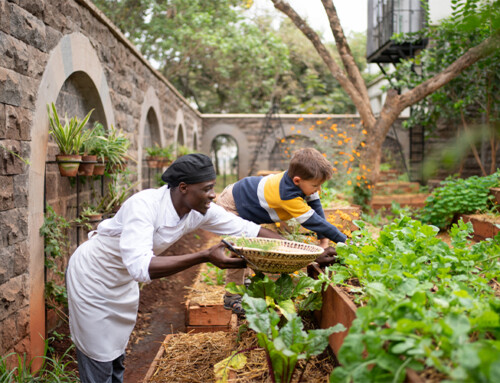
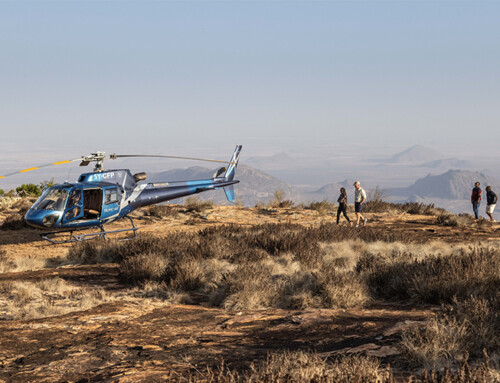
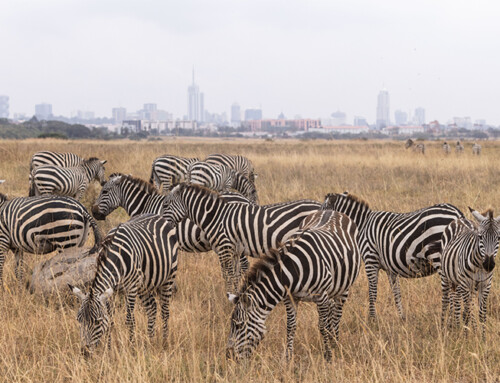


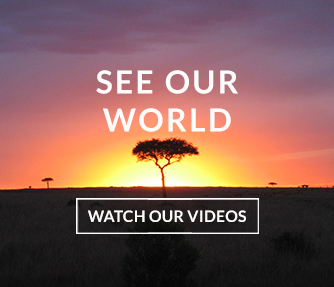




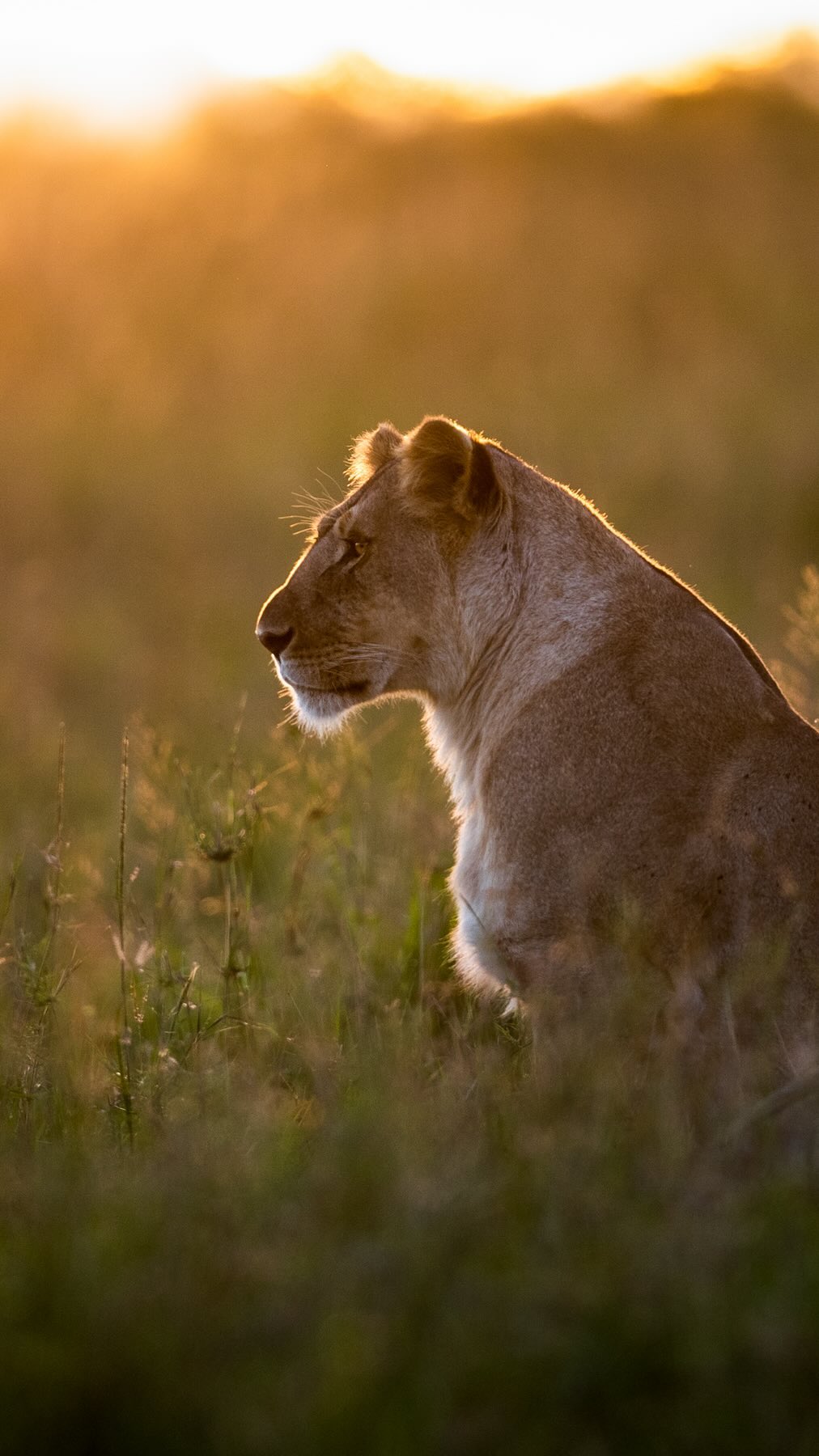
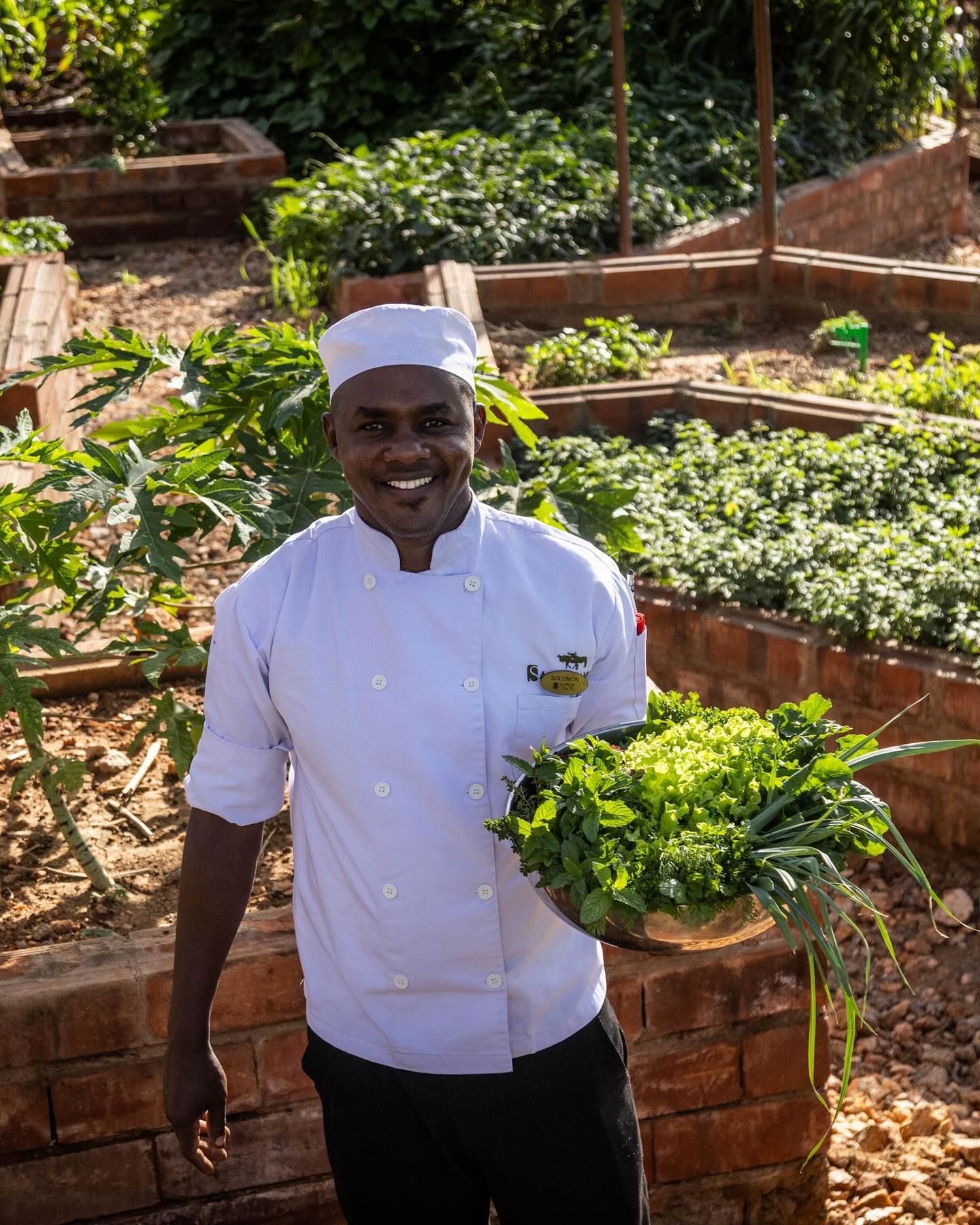
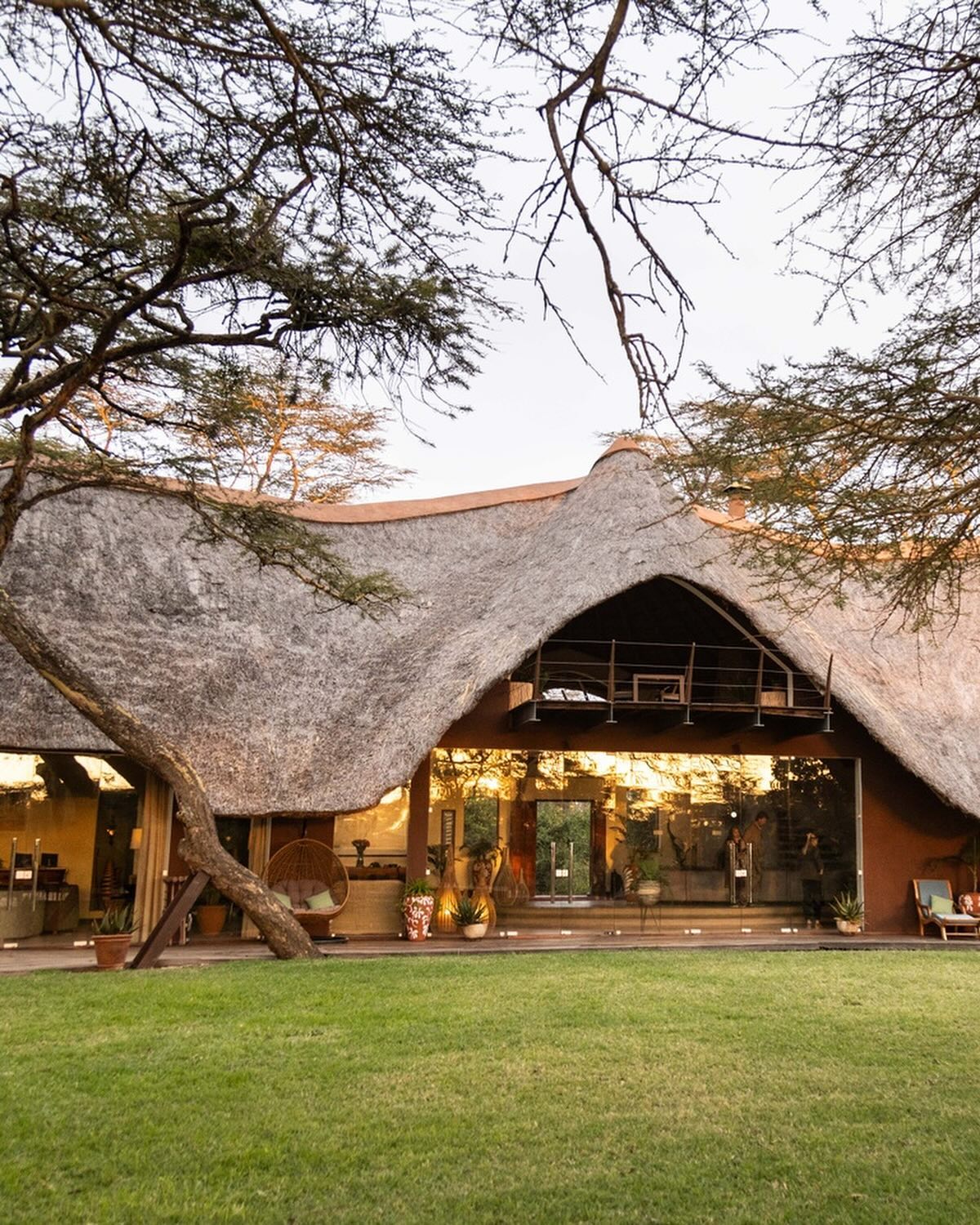
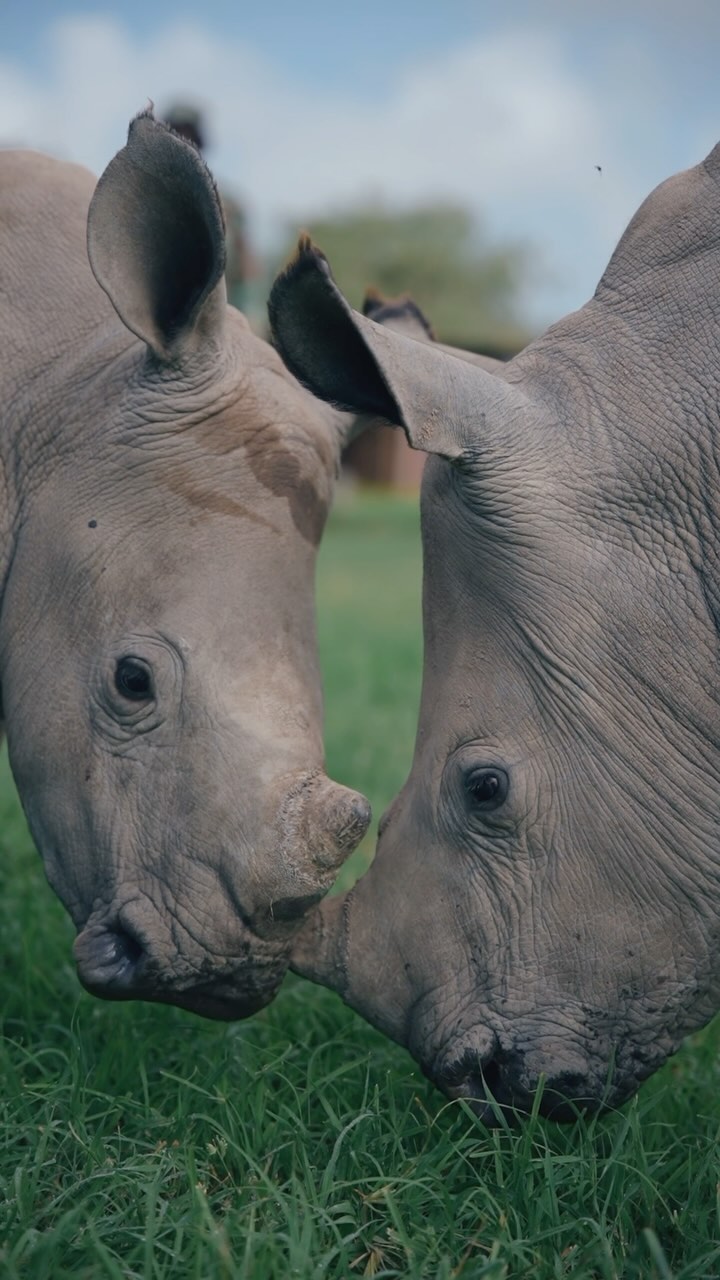
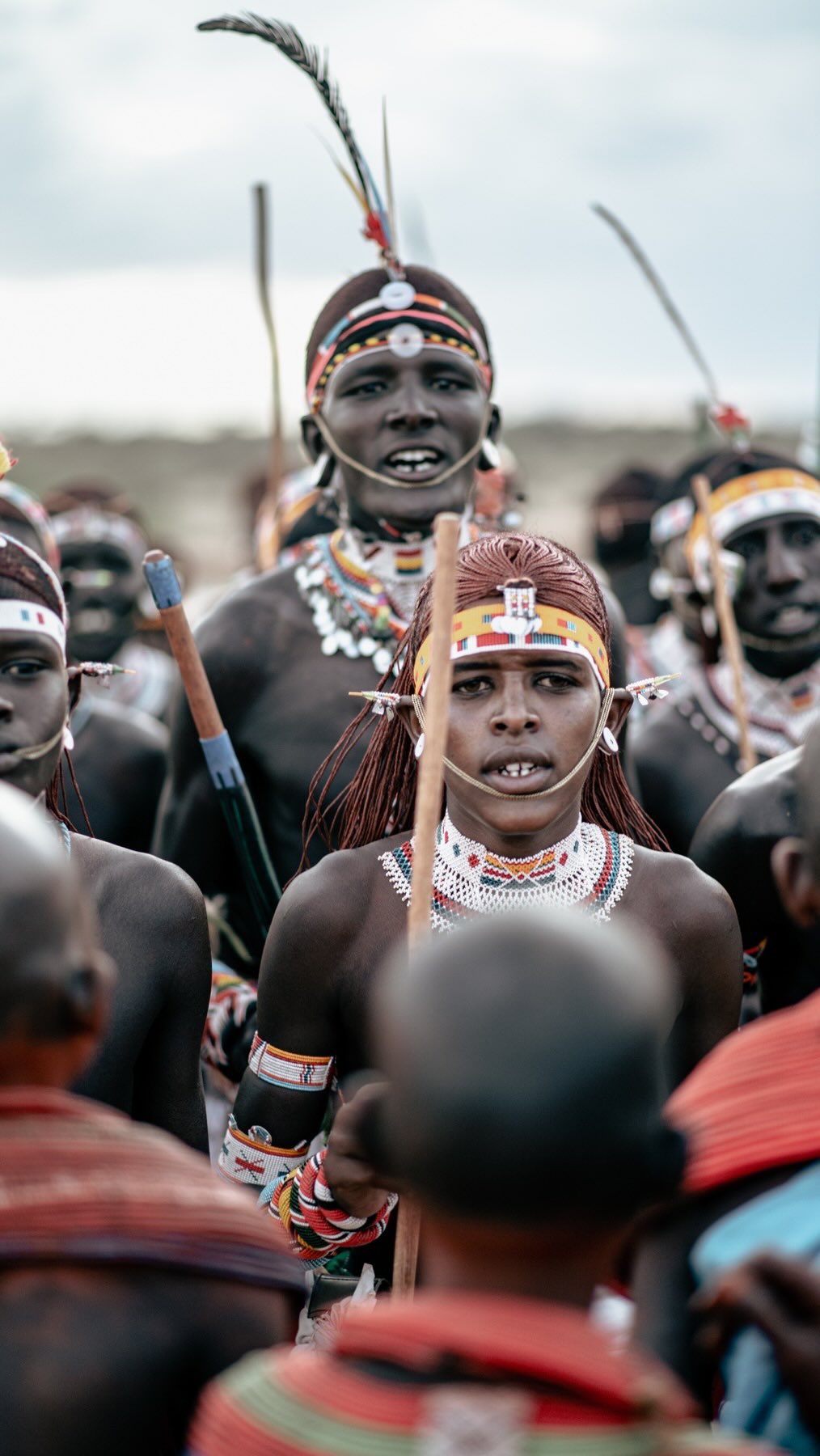
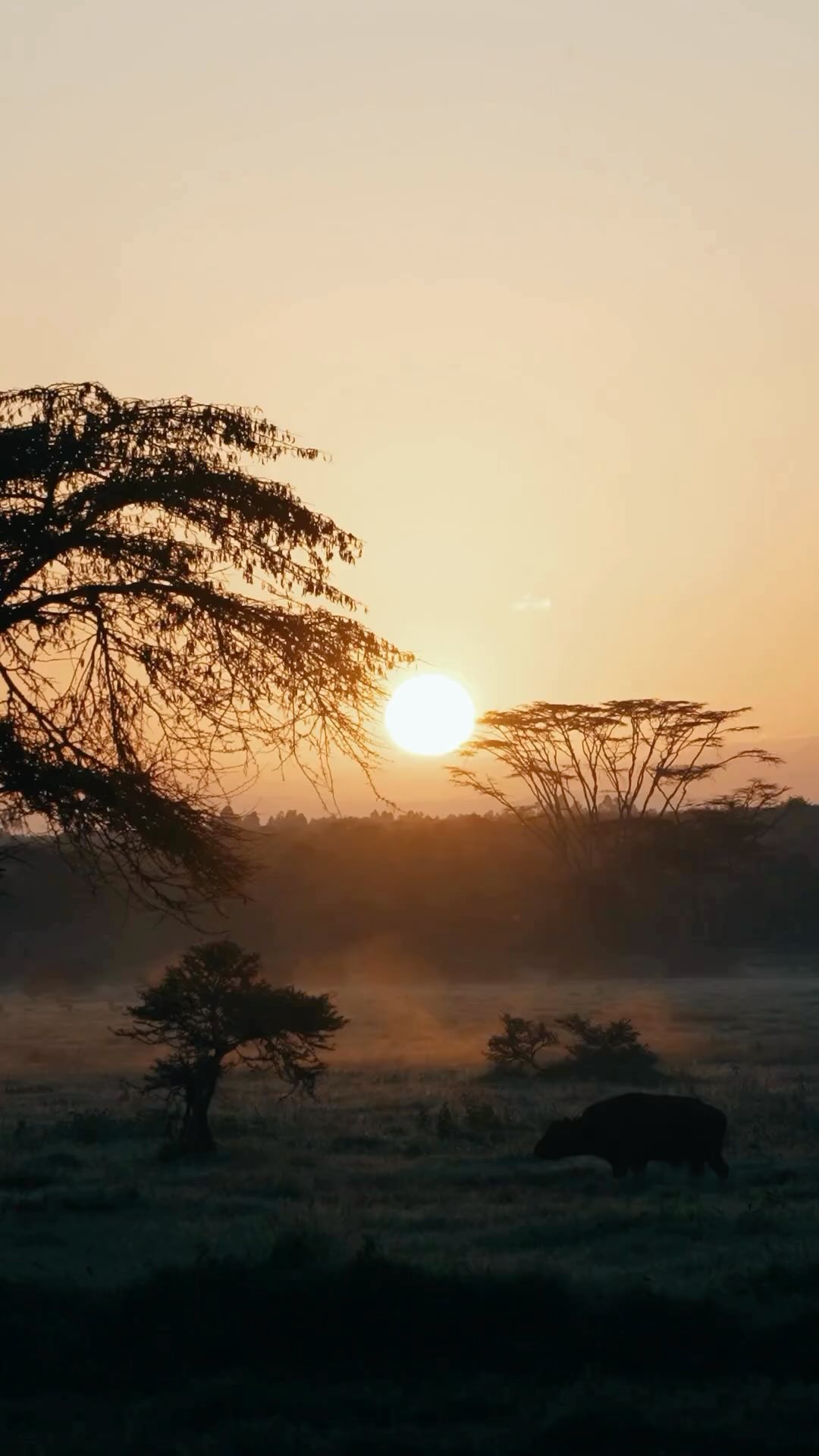
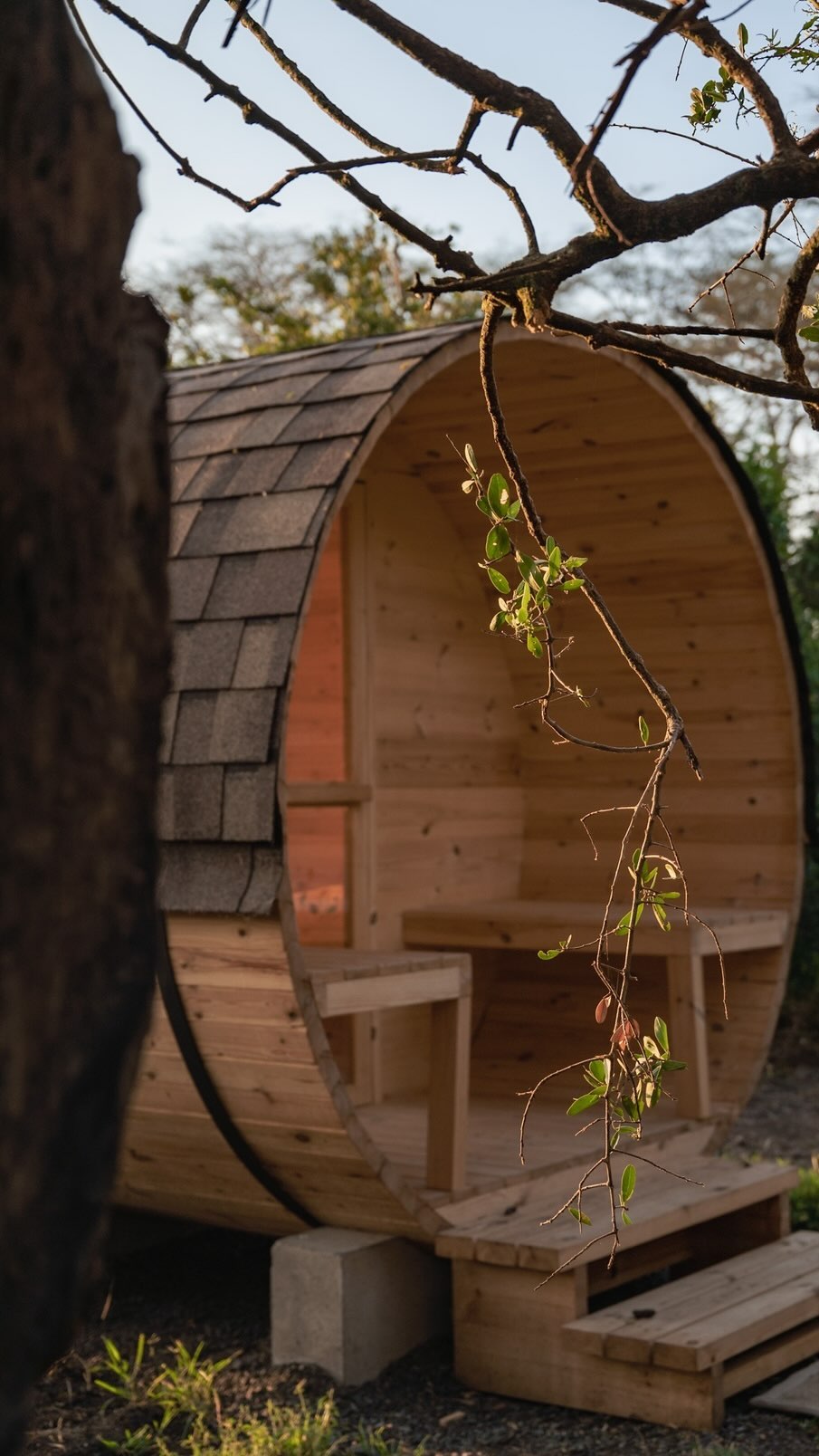

CONNECT & FOLLOW